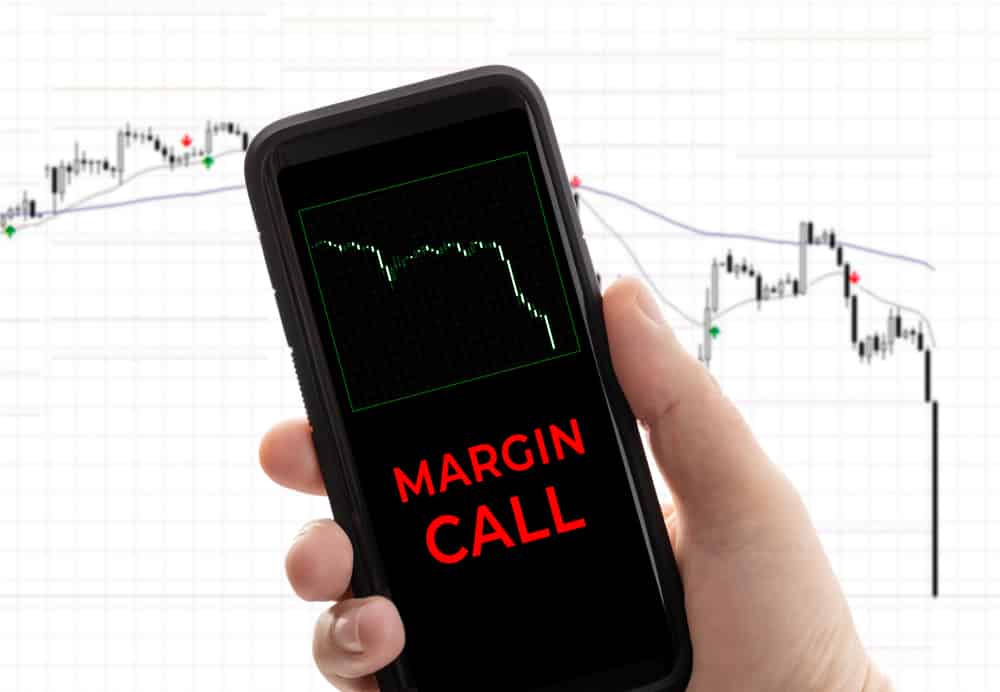Most FX brokers offer leveraged trading to their clients. This enables traders to open much larger positions than those they can afford with their account balances. In effect, the broker loans their client the remainder of the required capital to open the position, which is called leverage. In the event such a trader makes a profit, even several pips in the trader’s favor can yield substantial dollar amounts. In the same way, a slight market movement against their position would result in significant losses.
Definition
Before you can open a leveraged trading position, your broker will usually ask you to deposit a portion of the funds before lending you the rest. The deposit is the margin. Now, for its quantity, this will typically be determined by the broker’s regulations or their regulatory body’s maximum leverage limitations.
For example, in the US, the maximum leverage allowed on major pairs is 50:1. This means that a broker based in the States can multiply your initial deposit 50 times to allow you to open a much larger position. You will only be required to put up 1/50 of the total amount needed to open that position. This means that your margin is 2% of the cost of opening that position.
Marginal level
Whenever you open a leveraged position with your broker, they will lock up some collateral. The portion of your account balance that is locked up this way is called the used margin. More of your equity will be locked up if you open more positions. The balance left for opening new positions is the available equity. Available funds and the used margin are the two figures used to calculate your margin level: the ratio of available equity to used margin.
Calculation
Margin level = (equity/used margin) * 100.
For instance, let’s say you have $1,000 in your trading account, to begin with. You open one leveraged trade using $250 as your margin. This means your margin level at that point will be (($1,000/250) * 100)) = 400%. Now, if you had simultaneously opened another $250 trade, your used margin would have shot up to $500. This means your margin would have been (($1000/500) * 100) = 200%.
From this example, we can deduce that the higher the margin level, the more funds you have available in your equity for opening other leveraged trades. Whenever the level drops to 100%, it means you have locked up the entirety of your balance and thus can’t open any more positions. For that reason, this is the minimum requirement of most FX brokers – 100%.
Margin call
If you enter the market and it starts moving against you, your losses gradually reduce your margin level. If this level falls below 100%, then it means your equity is lower than your minimum margin requirement.
Recall that we established that the broker essentially loans you the bulk of what you need to open your position in leveraged trades. When your losses exceed your margin, it puts the broker at risk of loss. For that reason, they will usually make a margin call, requiring you to increase your account equity. Nowadays, these calls will most likely be an email rather than an actual call.
You can choose to deposit more funds into your account or liquidate some of your open positions to make up the balance. However, beware of the sunk cost fallacy, where traders refuse to cut their losses early enough and end up suffering larger losses in the long run. Be that as it may, if your margin level falls to 50%, your broker will automatically close your positions without regard for the tax repercussions. This is the fastest way to blow your account. Additionally, during periods of high volatility, your broker may liquidate your positions as they see fit without first making the margin call.
Prevention strategies
Appropriate position sizing
A successful FX trading career hinges on a trader’s ability to calculate their ideal position size for each trade. As a rule of thumb, the position of your stop loss and the amount you risk per trade should determine your position size. It should never be that your position size determines the risk you take or risk management strategies you employ- that’s a recipe for disaster.
Further, you should never risk more than 2% of your equity on a single trade. For beginners, this should be 1%. If you risk 5% of your equity on each trade, for instance, that would mean that if you lost four consecutive trades, you would be out 20% of your equity. Even among the most seasoned traders, a four-trade losing streak is not uncommon. Losing such a huge chunk of your equity would make it extremely difficult to recover or break even.
If you intend to trade large sizes, increase your account equity. You should avoid leveraged trading unless it is indispensable.
Reduce the number of correlated trades
If you trade two correlated currency pairs simultaneously, such as going long on both AUDUSD and NZDUSD if the dollar rallies, you will count losses for both trades. Similarly, if you take opposite directions on two correlated pairs, there’s no guarantee that both markets will move in lockstep and mitigate your losses; both markets could experience high volatility and place you in a loss in just a few minutes. For that reason, you should avoid having multiple positions open simultaneously and avoid trading highly correlated markets.
Conclusion
Margin is the amount your broker needs you to put up when you’re trading on leverage. If your open trades stray into loss territory and your account equity can no longer cover your requirements, your broker serves you with a margin call. At this point, you can deposit more funds or close some of your positions to up your equity. To prevent this, avoid trading huge positions, and beware of opening multiple trades, especially in correlated markets.
